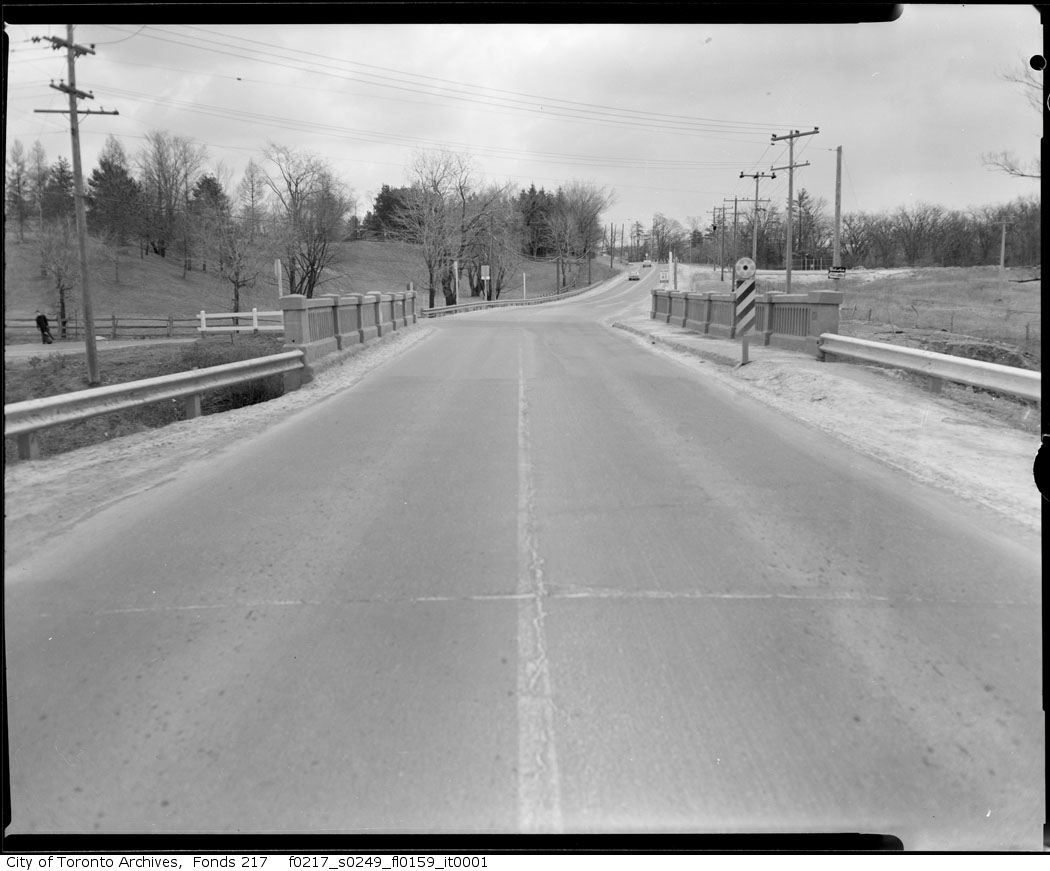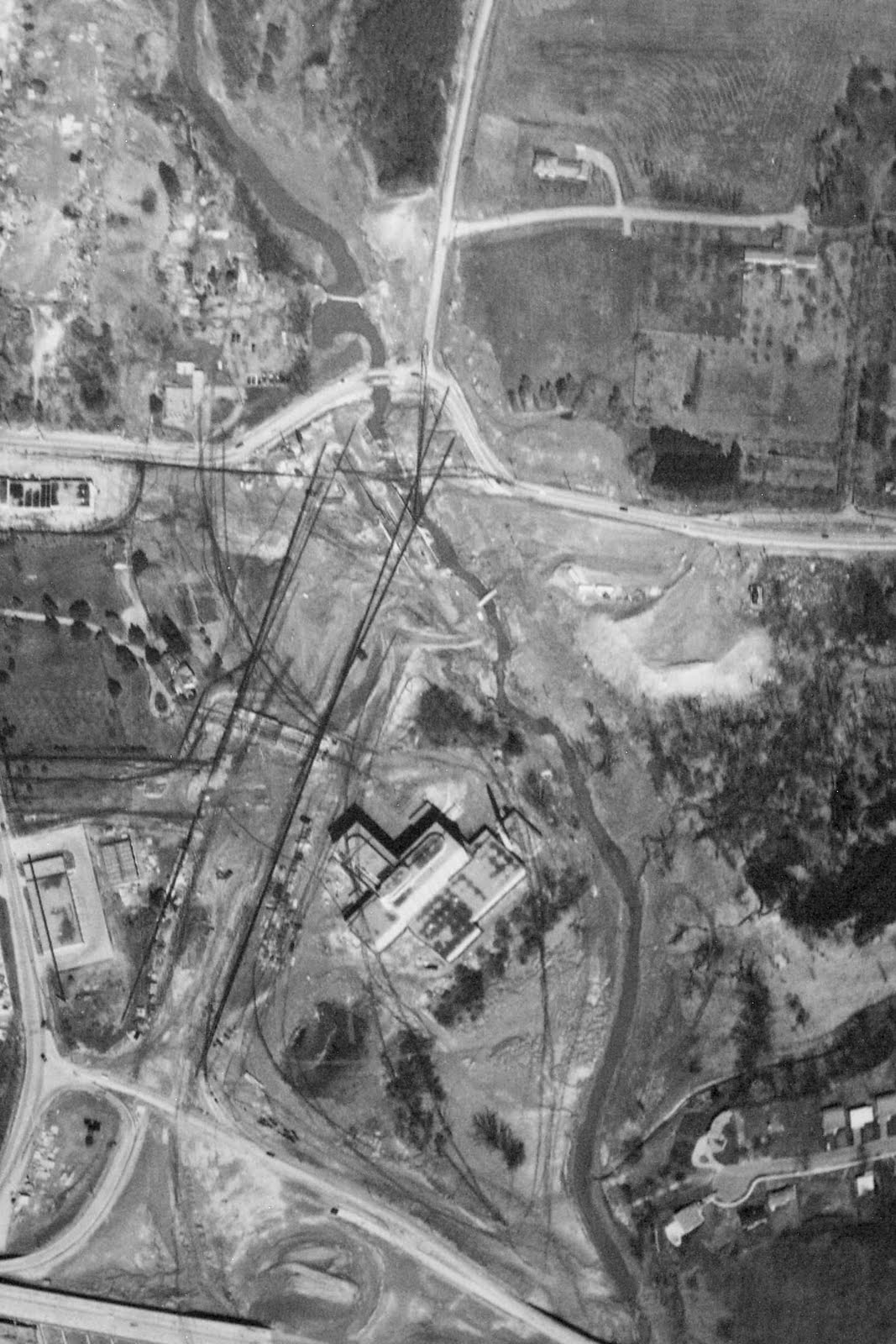Electrify
Senior Member
Bayview and Sheppard is crazy, say the weary navigators of the most congested intersection in Toronto.
It’s ridiculous, surreal and out-of-control.
In peak hours it can take four red lights to get through it to the 401 tantalizingly visible from her nearby condo building, says Brenda Mazlow.
The eight-year veteran of the intersection has given up making the “impossible†left turn from Sheppard Ave to Bayview and the 401 on-ramp.
And the neverending condo buildings popping up in the area are making it worse, she says.
The condominium boom is being blamed for the fact that five of the city’s 10 most congested intersections are on Sheppard Ave.
Councillor David Shiner, whose Willowdale ward has two of the busiest at Sheppard and Bayview and Sheppard and Leslie, says it’s only going to worsen as more developments get approved.
“You haven’t seen nothing yet,†Shiner said, during discussion Thursday about the clogged intersections at council’s public works and infrastructure committee.
Shiner noted that just this week, the North York community council gave its blessing to 4,000 new condo units, the latest phase in a massive 20-hectare development on Sheppard between Bayview Ave. and Leslie St.
Last month, the North York Community Council opposed a 2,100-unit development on Sheppard just west of Leslie St. A final decision is expected at the Ontario Municipal Board.
At Yonge and Sheppard — No. 2 on the most congested list — a huge development is going up on the southeast corner with towers of 39- and 45-storeys and about 700 units.
Across Yonge St., just south of Sheppard, construction of two towers of 42 and 32 storeys and 550 units is well under way in the Emerald Park development.
Only two of the 10 most congested streets in Toronto — Canada’s gridlock capital — are downtown and none of the clogged arteries have streetcar tracks.
Councillor Denzil Minnan-Wong, chair of the city’s public works committee, requested the list from city staff. He provided the answers in a letter tabled at Thursday’s public works meeting.
Only York St. and Lake Shore Blvd. fall within the boundaries of the downtown transportation study being conducted this year.
The committee voted to request the transportation department to examine each of the clogged streets and report back in the fall on how to improve traffic flow on them.
Shiner blamed city transportation staff for not raising objections when proposed developments come up for approval.
“Our transportation department does not in any way, ever, stand up and fight any of these applications with a strong message to say that they won’t work unless you put the public transit in.â€
While the Sheppard subway runs from Yonge St. east to Don Mills Rd., Shiner called it a partial subway line given that it was originally intended to go all the way to Scarborough Town Centre.
Last year, the Toronto Board of Trade warned the gridlock crisis will only worsen and, using 2006 census data, ranked the GTA dead last of 21 North American cities for average commute time. Some 70 per cent of Torontonians drive to work.
GTA politicians are increasingly looking at new revenue sources to fight gridlock. Last week, Mississauga Mayor Hazel McCallion used a meeting with Premier Dalton McGuinty to push for a new tax to help fund transit and other initiatives. McGuinty was noncommittal.
Mayor Rob Ford has, in the past, resisted talk of road tolls and other so-called revenue tools, instead pushing for private investment to help build subways while blaming streetcars for gridlock.
In March, before losing a vote on light-rail expansion in Toronto at council, Ford said Torontonians “don’t want these damned streetcars blocking up our city.â€
But on Tuesday, in a surprise move, Ford’s executive committee endorsed Councillor Josh Matlow’s call for a regional working group to look at ways to fund transit expansion in the Greater Golden Horseshoe.
http://www.thestar.com/news/article/1211295--toronto-s-10-worst-streets-for-traffic-gridlock (includes map and listing of the worst intersections and roads)
I think the problem is that there is too much traffic being infused into these areas because of the increase of density along with the 401. Along many suburban and rural highways in the US, the areas surrounding highway interchanges are of very low density and sprawling. While poor urban form, it does the job of allowing the surrounding streets absorb the influx of traffic.
This is more proof that west-east rapid transit in North York (along with intensification) should have been located along Finch instead of Sheppard.






